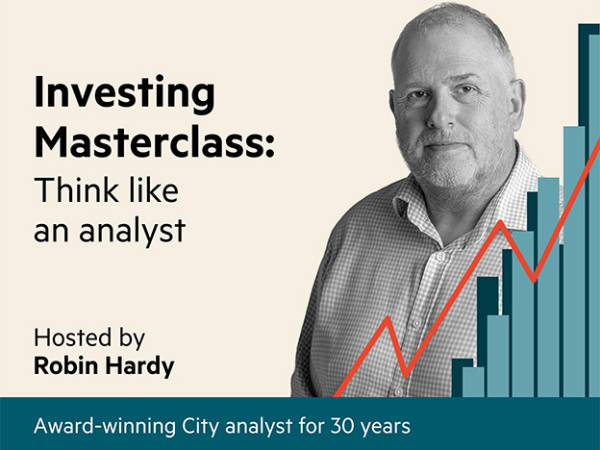Key points:
- Exchange traded funds (ETFs) are passive funds which simply track the performance of an index
- They can be used to invest in a range of different asset classes
- ETFs are a cheap and easy way to get investing
Exchange-traded funds (ETFs) are hugely popular with investors for good reason. Cheap, simple and transparent, they offer a straightforward source of exposure to a growing list of different investments, from stockmarkets such as the FTSE 100 to gold, oil, bonds and more niche strategies. ETFs can work well as the building blocks of an investment portfolio, both for beginners and those with greater experience.
Find out more: ETFs under the spotlight
Picking a platform for investing in ETFs
To invest in exchange traded funds, investors must first have, or choose, an online platform or broker. These platforms vary in user-friendliness and price. It’s best to hunt around to find a platform that suits your own personal needs.
Our guide can help you navigate price and user-friendliness to help you find the best investment platform for you.
Which ETFs should I add to my portfolio?
With the help of experts, the IC has scoured the markets to highlight the exchange-traded funds we view as the most useful low-cost building blocks for an investment portfolio.
This list will walk you through the best products on offer to match your investment priorities.
Click here to read the IC's Top 50 ETFs
Do active and passive both funds have a place in a portfolio?
John (62) and his wife (56) are retired. Their investments, which John has managed since he retired three years ago, provide all their income. Their aim is to generate £60,000 per year income, gift £300,000 to children along with Sipps and home, as well as mitigate IHT. Click here to find our how.
How can I acheive steady income and growth with little work?
Alan (55) sold his business five years ago and no longer works. He wants to fund Sipps for nephews and nieces, pay for travel, steady investment growth and income over the long term. Click here to find out how.
How can I spread my investments more broadly with passives?
Catriona is age 65, and gets an annual income of £23,000 a year from a former workplace pension, state pension, and two of her late husband’s pensions. She wants to supplement her pension income with £7,000 to £8,000 a year from investments and invest surplus cash. Click here to find out how.







